How to Teach Fractions {With Free Game Ideas}
One of the biggest fears homeschooling parents have when it comes to teaching their children math is…fractions. Fear not. Follow these steps for how to teach fractions and you will be on your way to a tear free fraction journey.
Warning! No matter how old your student is, don’t skip one of the steps.
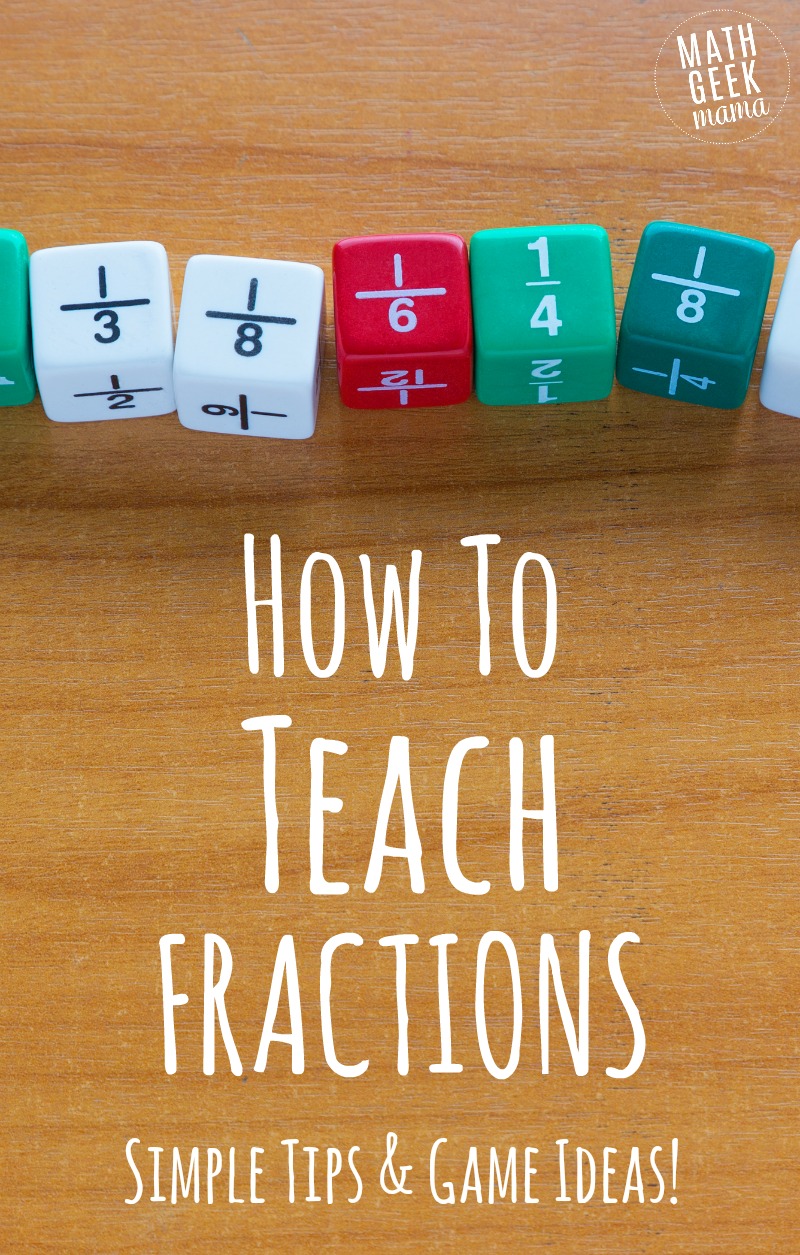
*Please Note: This post contains affiliate links which help support the work of this site. Read our full disclosure here.*
This is a guest post from Danielle of Blessedly Busy.
How to Teach Fractions:
Step 1: Exposure, Exposure, Exposure
Point out all of the fractions that you see in a day. You will be amazed at how many fractions you experience a day when you put your mind to looking.
Your son eats 4 slices of pizza. Tell him, “You just ate 1/4 of a pizza!” 1/4 of a pizza?! Dang the kids are growing up.
When you’re baking, instead of getting the 1/3 cup measuring cup, get the 1 cup and measure out 1/3.
Using the 1/3 measuring cup and the 1 cup, show how three 1/3 cups fit in one 1 cup.
Get play-doh and ask them to cut it into 8 pieces. “Can you show me 1/8? 3/8?…”
Read books like Fraction Fun by David A. Adler
(Find a huge list of fun fraction books here)
Anything that gets students to see/experience the fractions. You want them to be able to see the fraction in their mind.
Another helpful visual as you explore and provide exposure is with paper folding. Learn more in the video below!
Do not move on until they can draw or create all of the common fractions without thought.
Step 2: Using Fractions to Solve Real Problems
Start with the easiest fractions to use (halves, thirds, and fourths) and start posing problems.
We need 1 and 1/2 cups of flour. How many 1/2 cups do we need? How many 1/4 cups? (By the way, that problem as a number sentence is 1 and 1/2 divided by 1/2).
Hey look, 1/3 of the team is wearing white shoes. Can you tell how many are wearing white shoes?
I just made a dozen cupcakes. We can eat 1/4 of them today. How many can we eat? How many is that per person? What is the fraction per person?
Move on when they can solve problems without much trouble.
Step 3: Solve Traditional Fraction Problems
Most students do not get a chance to sit in the first two steps for long enough. So they get to step 3 and are lost. If you get to step 3 and find your student resistant or frustrated, go back a step or two.
Here is where the traditional math worksheets fit in. But there’s no need to stick to worksheets!
There are a plethora of games, books and activities out there to help your child gain a deeper understanding of fractions without the drudgery of worksheets.
Getting to Know Fractions Games
Games are a great way to practice skills and have fun. I believe that so much, I made some fraction cards for you and a few ideas on how to use them. And it’s free. That’s the best price, right?
I included an instruction sheet but I wanted to give you a couple of examples of the games in the Freebie that maybe require a little more instruction than is available on one sheet.
(Scroll to the end of this post to grab the download)
Create a Story Using Fraction Cards:
This game is meant for 2-4 people, varying levels will not hinder play. One player draws a card and starts the story. Let’s say I drew 1/4.
I might start the story with “There once was an evil queen who lived in a tall evil tower. Everyday she gathered her subjects. And every day she required 1/4 of them to give up all of their possessions to her, because she is evil. Soon the villagers were poor and starving until one day…
And then another student draws a card and picks up the story putting their fraction in the story somewhere.
Students learn creativity and get a visual of different kinds of fractions, which is really important later when you want them to solve problems with them.
Also, it’s fun! It’s casual and multiple ages/abilities can contribute. Which makes it perfect for families.
Write down the story as it’s being told and read it at the dinner table. Math and language arts, done.
Create Number Sentences:
Several games involve number sentences. By that I mean this: 1/2 + 1/4 = 3/4.
You can limit the operation (addition only) or open it up to any operation, or even a combination of operations.
Ex: 7/16 – 5/16 + 6/16 = 1/2
In the multiplayer game, players draw 5 cards. Their goal is to create a number sentence. I did not include operation signs.
The rest of the cards are put face down in a pile (like Go Fish). These are the mystery cards. Each player takes turns. On their turn a player can:
A. Discard a card and draw a new one (either a mystery card or one someone else has discarded).
B. Lay down a finished number sentence. When a player puts down a number sentence, they read it out loud and get approval from the group, proving it with paper or objects if necessary. The player then draws as many cards as they laid down and play resumes with the next player. (I lay down the cards 1/4, 1/16, 5/16. I would read 1/4 + 1/16 = 5/16 or 5/16 – 1/16 = 1/4).
Assessing Understanding:
With all of the games: encourage students to talk about how they got their answers. Not every time, that would be tedious. But often enough that you can gauge where they are in their understanding and they gain confidence explaining.
A note about the numbers I chose. I only put in the most common fractions (halves, thirds, fourths, eighths, and sixteenths) because those are the ones I find myself using in my baking and measuring. I put the sixteenths on their own sheet so that you wouldn’t have to use them if you didn’t want to.
The instructions have ideas on how to use the cards for the 1st and 3rd step in this article.
I hope you find the games helpful and fun! If all goes well, there will be a few less children (and parents) crying over their fractions homework.

{Click HERE to grab the free fractions game cards!}
Danielle is a homeschooling mamma of 5. She is committed to making life with young children easier and sharing her passion for math. If you would like to learn more about teaching math to multiple age groups visit Blessedly Busy or follow her on: Facebook, Instagram, Pinterest or Twitter.
Want more hands on fraction fun? Grab the ebook Hands On Fraction Activities to explore all sorts of fraction concepts with rulers and paper folding.


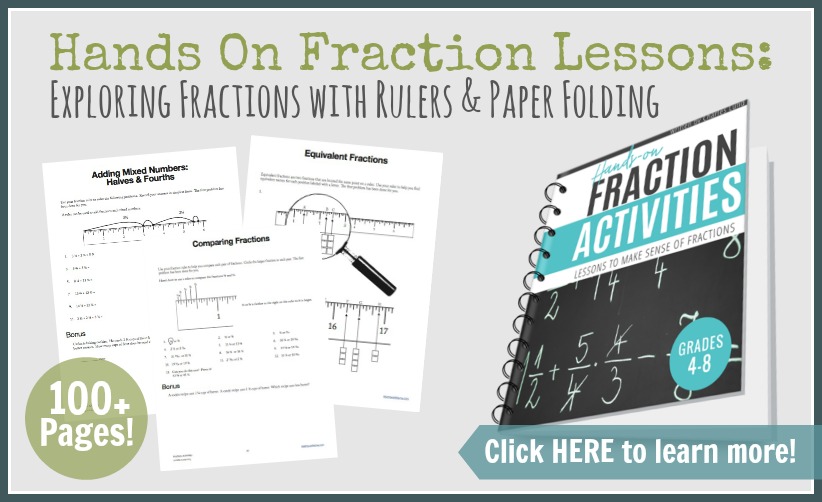
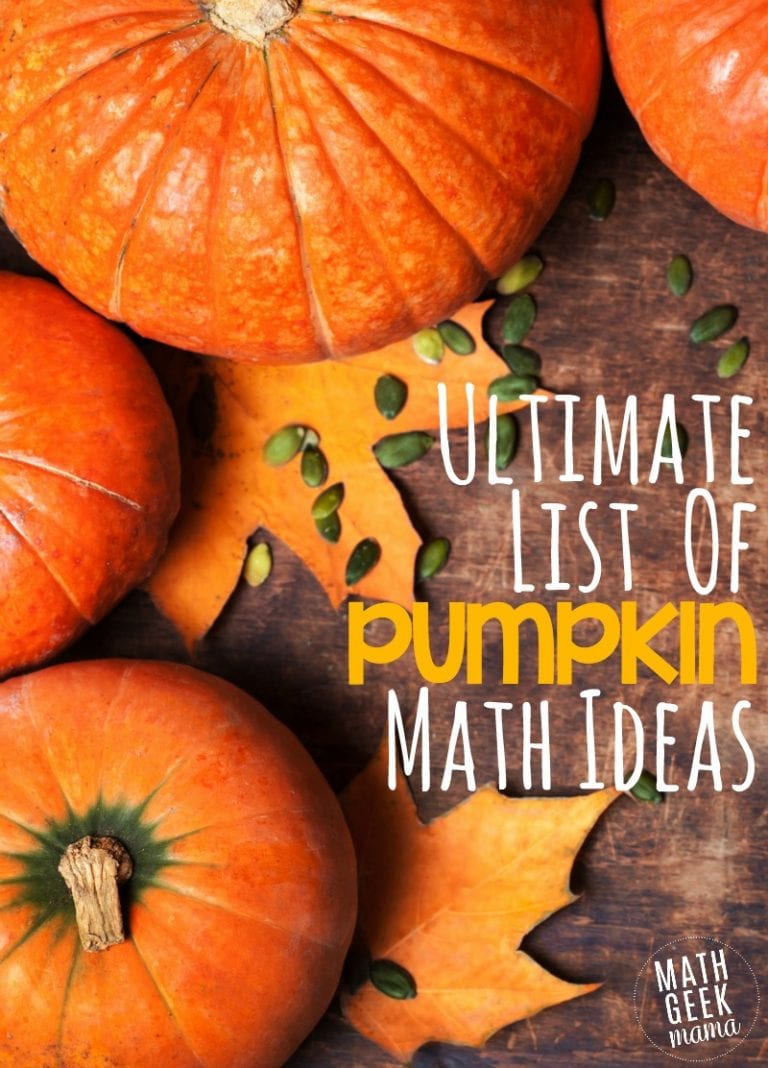
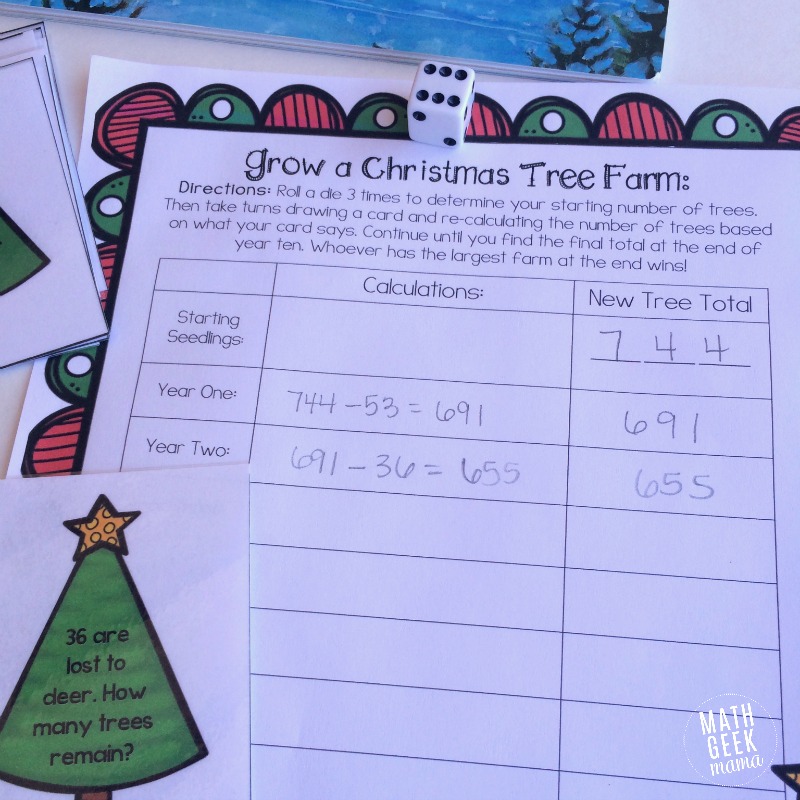
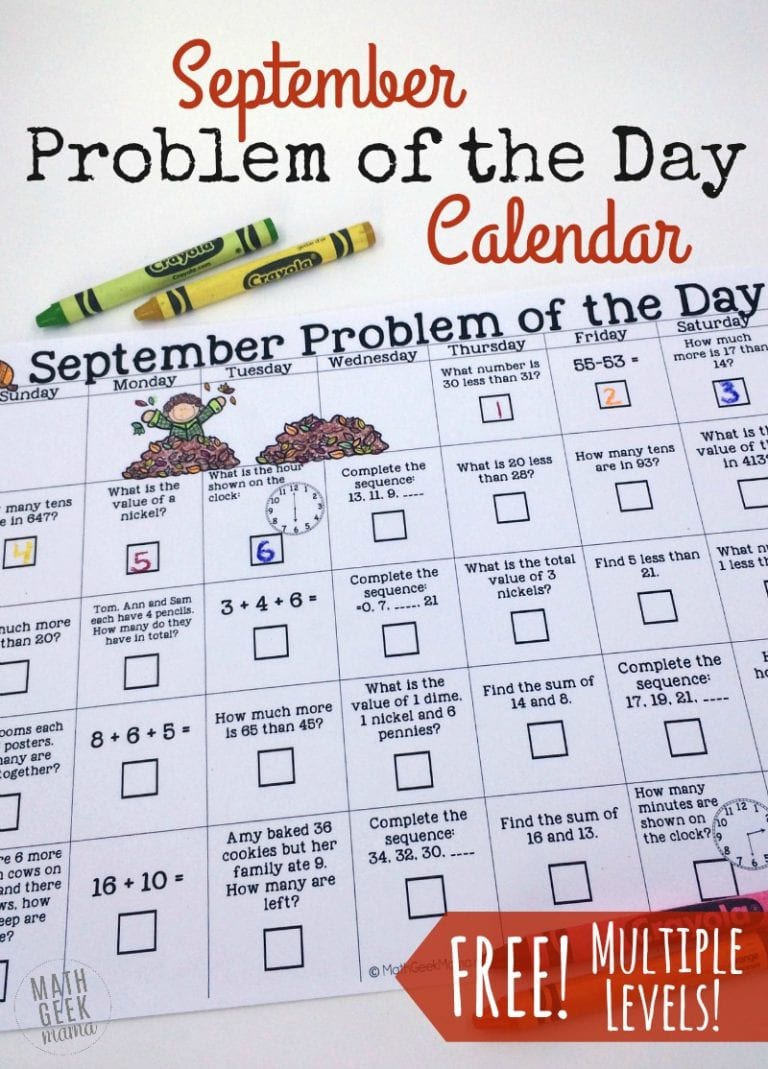
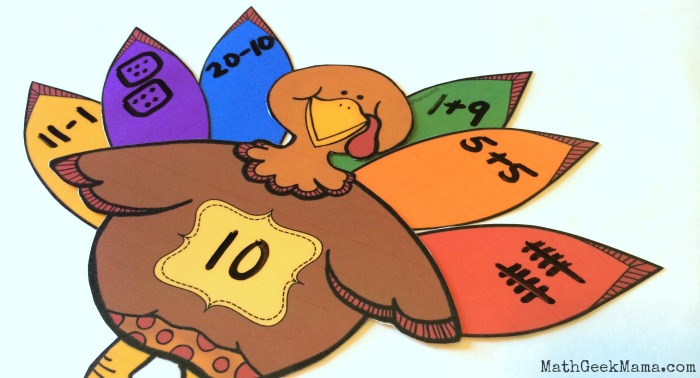

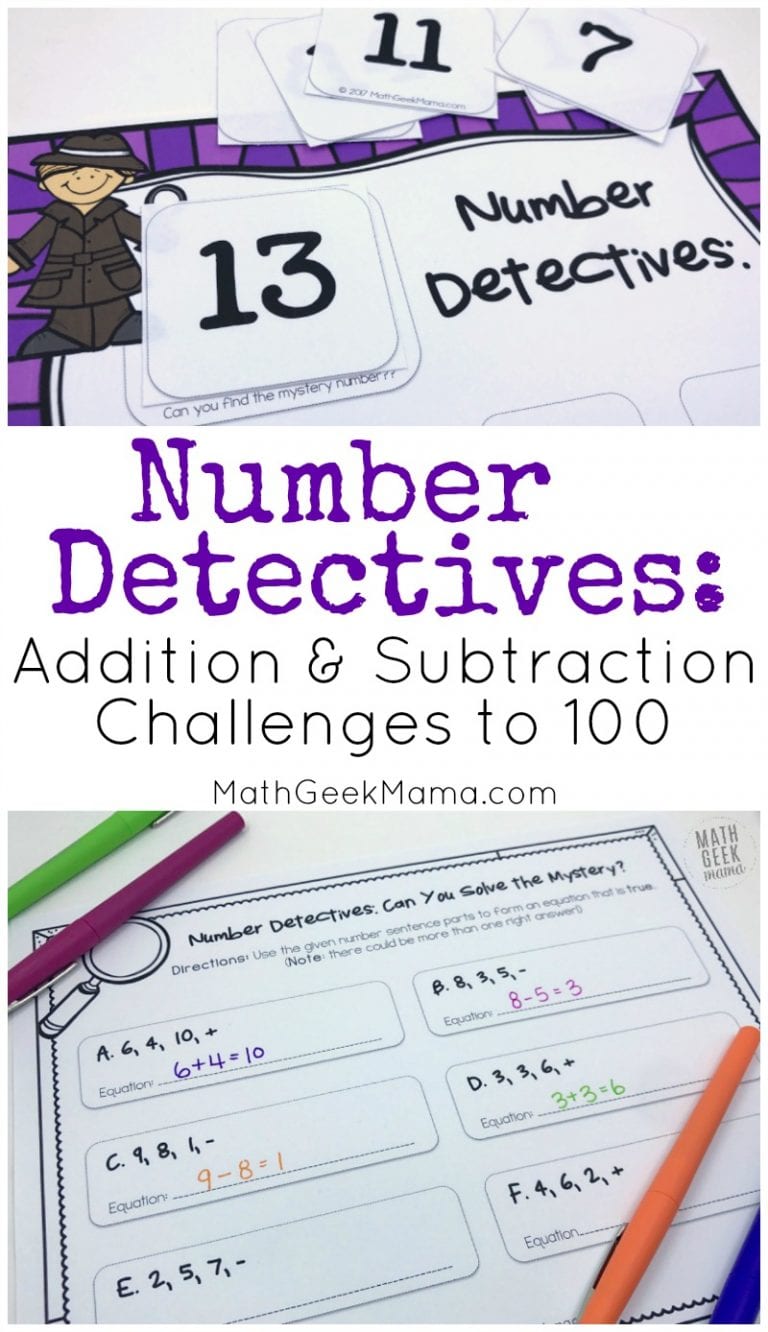




One Comment
Comments are closed.